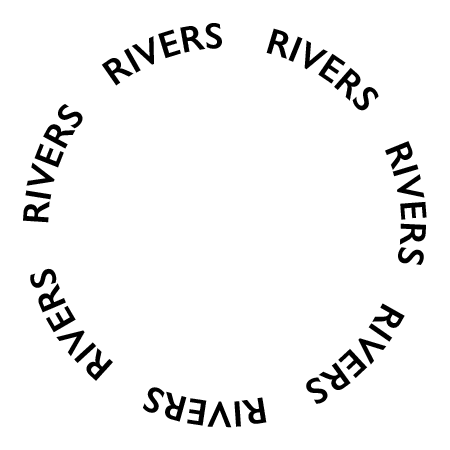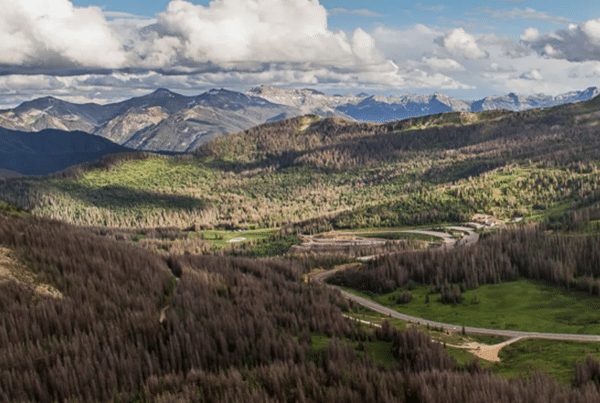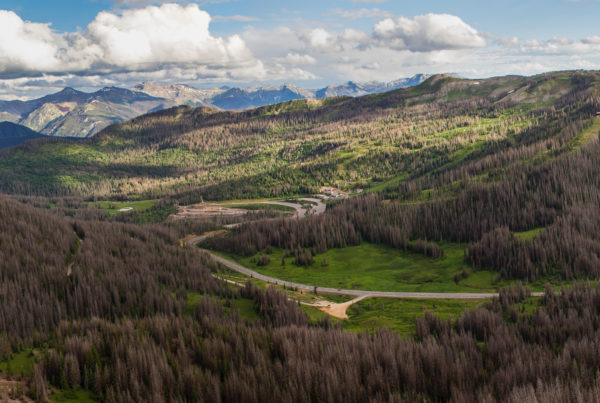Working to protect the watershed of the beloved Animas River. Photo: Alex Pullen.
The Animas River is born from snowmelt high in the rugged San Juan Mountains of Southwest Colorado, descending nearly 6,000 feet as it passes through Silverton and Durango, Colorado, Aztec, New Mexico, and ultimately joins the San Juan River in Farmington, New Mexico.



WE’RE YOUR RIVERKEEPER!

The Magic of the Animas
The Animas River winds its way through spectacular gorges and sprawling valleys, offering thrilling white water adventures, mellow stretches of boating, Gold Medal fishing and spectacular scenery. It is used heavily for agriculture and increasingly for recreation, boating and fishing, which draws a substantial amount of tourism to the region. The Durango & Silverton Narrow Gauge Train, which travels along the Animas River from Durango to Silverton, alone draws nearly 200,000 riders a year.
CHALLENGES
Like many rivers in the American West, the Animas River faces some difficult challenges. Historic mining near the river’s mineral-rich headwaters has degraded water quality for more than 150 years, and was underscored, recently, by the Gold King Mine Spill of 2015.
Development within the river corridor, resource extraction, regional drought and a growing demand for water resources also present unique management challenges for the Animas River, highlighting the need for community involvement and smart river management.
Gold King Mine Spill
On August 5th, 2015, as the EPA was investigating the Gold King Mine, workers accidentally released a whopping 3 million gallons of acidic metal-laden water into Cement Creek and the Animas River. Communities were stunned to watch their river run mustard yellow, carrying nearly 540 tons of metals all the way into the San Juan River and eventually Lake Powell.
WHY DID IT HAPPEN?
Mining has played a major role in the San Juan Mountains for more than 150 years. While naturally high metal content and erosion have long contributed to pollution in the Animas River watershed, mining has greatly exacerbated the problem, significantly deteriorating water quality through acid mine drainage and heavy metal loading. Extensive mining in the region has left a complex maze of tunnels under the San Juan Mountains, the interaction of which are little understood. As the Environmental Protection Agency (EPA) worked to better understand the inner workings of the mine in the summer of 2015, they accidentally released millions of gallons of water that had built up behind the mine adit. The thick mustard yellow water poured down into Cement Creek below which carried it to the Animas River.
WHAT’S THE STATE OF THE RIVER?
This 2016 study of Animas River water quality by Mountain Studies Institute was encouraging. The data collected at Rotary Park in Durango, CO showed “no indication of any threat to human health from Animas River water and it does not appear that metal concentrations in 2016 were any higher than in previous years (2002-2014).”
It’s important to note, however, that the Animas River was heavily polluted from inactive mines prior to the Gold King Mine spill. Water quality is so poor downstream from Silverton that the river has been unable to support aquatic life upstream from Baker’s Bridge in Durango for many years. Below Baker’s bridge, the river is artificially stocked with fish, which survive, but researchers have questions as to whether they can reproduce and maintain viable populations on their own.
Because water quality conditions have negatively impacted fish populations in the Animas River for decades, it is critical to continue assessing fluctuations in water quality within the Animas Canyon.
WHAT’S BEING DONE?
Immediately after the Gold King Mine Spill communities all along the river united around the desire to pursue permanent clean-up of the headwaters through Superfund. The Bonita Peak Mining District was designated a Superfund site in September 2016 and includes 48 historic mining-related sources of metal and sediment. Four agencies are working at the site. The Environmental Protection Agency (EPA) is the lead agency, with the U.S. Forest Service and BLM being the other federal agencies. Colorado Department of Public Health and Environment is the state agency that is doing work at the site. Research and cleanup in BMPD are expected to take decades, but some activities have been completed and are ongoing. This story map outlines the history and current status of the BMPD Superfund Site.
Following the designation of the Superfund site, community members throughout the Animas River watershed banded together to establish the Bonita Peak Community Advisory Group (CAG). CAG members liaise between the greater impacted community and the EPA to communicate concerns and needs throughout the clean-up process. The Animas Riverkeeper with San Juan Citizens Alliance is actively involved with the CAG to ensure water sampling activities within the remote portions of the Animas River continue and are cataloged to monitor conditions as remediation activities continue.
What We’re Doing
We are the conservation voice at the table throughout the Superfund process, representing the river, people, and wildlife who depend on it. We ensure water sampling continues along critical reaches that are not monitored by other agencies, and catalog data to assess trends in heavy metals. Outside of the Superfund process, we’re advocating for safe, reliable access for river recreation and the democratic management of the river’s water.
We also believe that healthy watersheds begin at the headwaters. Stream restoration along degraded tributaries is critical to improve floodplain connectivity, climate resilience, water quality, and biodiversity. Advocating for and being informed on practices that incorporate nature-based restoration is an important part of our Rivers program, as promoting healthy river systems has wide-reaching benefits of increasing downstream water availability, mitigating large-scale fire risk, and sustaining critical ecosystems like fens and wetlands.

Along with our watershed partners, we’ve formed an official Community Advisory Group (CAG) for the Bonita Peak Superfund site. For more information about the CAG, visit BonitaPeakCAG.org
Recent News (More)




